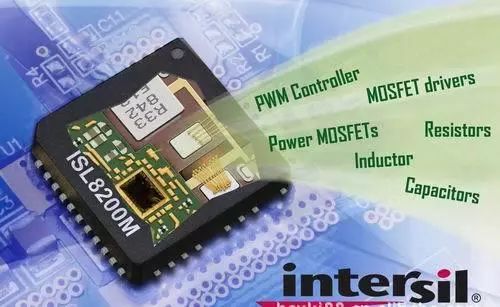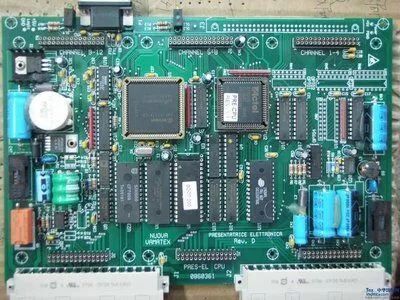Must-See! Four Key Development Techniques for Microcontrollers

In microcontroller application development, issues such as code efficiency, anti-interference capability, and reliability still pose challenges. Here are several fundamental techniques that should be mastered in microcontroller development.

01
How to Reduce Bugs in Programs
To reduce bugs in programs, one should first consider the following out-of-range management parameters during system operation:
1. Physical Parameters: These parameters are mainly the system’s input parameters, including excitation parameters, operational parameters during acquisition processing, and result parameters after processing.
2. Resource Parameters: These parameters mainly refer to the resources of circuits, devices, and functional units in the system, such as memory capacity, storage unit length, and stack depth. Application Parameters: These parameters often manifest as the application conditions of certain microcontrollers and functional units. Process Parameters: These refer to the orderly changing parameters during system operation.

02
How to Improve the Efficiency of C Programming Code
Using C language for microcontroller programming is an inevitable trend in microcontroller development and application. To achieve the highest efficiency when using C programming, it is best to be familiar with the C compiler being used. First, experiment with the number of assembly language statement lines corresponding to each C language compilation, so you can clearly know the efficiency. In future programming, use the statements with the highest compilation efficiency. Different C compilers will have certain differences, hence the compilation efficiency will also vary. Excellent embedded system C compilers have code lengths and execution times that are only 5-20% longer than the same functional level written in assembly language.
For complex projects with tight development timelines, C language can be adopted, but the prerequisite is that you must be very familiar with the C language and C compiler of the specific MCU system, especially paying attention to the data types and algorithms that the C compilation system can support. Although C language is the most common high-level language, the C compilation systems of different MCU manufacturers differ, especially in the operation of some special functional modules. Therefore, if you are not familiar with these features, debugging will lead to many issues, resulting in lower execution efficiency than assembly language.

03
How to Solve the Anti-Interference Issues of Microcontrollers
The most effective method to prevent interference is to eliminate the source of interference and cut off the interference path, but this is often difficult to achieve. Therefore, we can only see if the microcontroller’s anti-interference capability is strong enough. While improving the hardware system’s anti-interference capability, software anti-interference is gaining more attention due to its flexible design, hardware resource savings, and good reliability.
The most common phenomenon of microcontroller interference is reset. As for the program running away, it can actually be brought back to the reset state using software traps and watchdog timers, so the most important aspect of microcontroller software anti-interference is to properly handle the reset state.
Generally, microcontrollers will have some flag registers that can be used to determine the reason for the reset; additionally, you can also embed some flags in RAM. Each time the program resets, by checking these flags, you can determine the different reset reasons; you can also directly jump to the corresponding program based on different flags. This can ensure continuity in program execution, and users will not notice that the program has been reset.
04
How to Test the Reliability of Microcontroller Systems
When a microcontroller system design is completed, different microcontroller system products will have different testing items and methods. However, some tests are essential: 1. Testing the completeness of microcontroller software functions 2. Power-on and power-off tests 3. Aging tests 4. ESD and EFT tests. Sometimes, we can also simulate potential destructive situations that may occur during human usage. For example, intentionally rubbing the contact ports of the microcontroller system with human skin or fabric to test its static electricity resistance. Bringing a high-power electric drill close to the microcontroller system to test its electromagnetic interference resistance, etc.


In conclusion, microcontrollers have become an important aspect of computer development and application. The significance of microcontroller applications lies in fundamentally changing the traditional design philosophy and methods of control systems.
Most functions that previously had to be implemented by analog or digital circuits can now be achieved using microcontrollers through software methods. This technology of replacing hardware with software control is also known as microcontrol technology, marking a revolution in traditional control technology.
Moreover, in the development and application process, we must master techniques to improve efficiency to leverage its broader applications. In microcontroller application development, issues such as code efficiency, anti-interference capability, and reliability still pose challenges. Here are several fundamental techniques that should be mastered in microcontroller development.




Scan to Follow Us